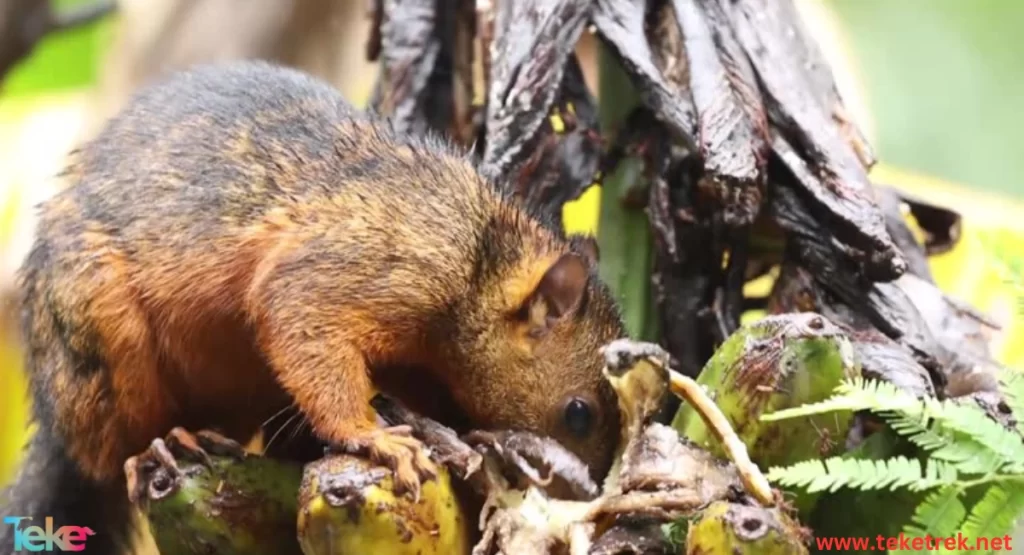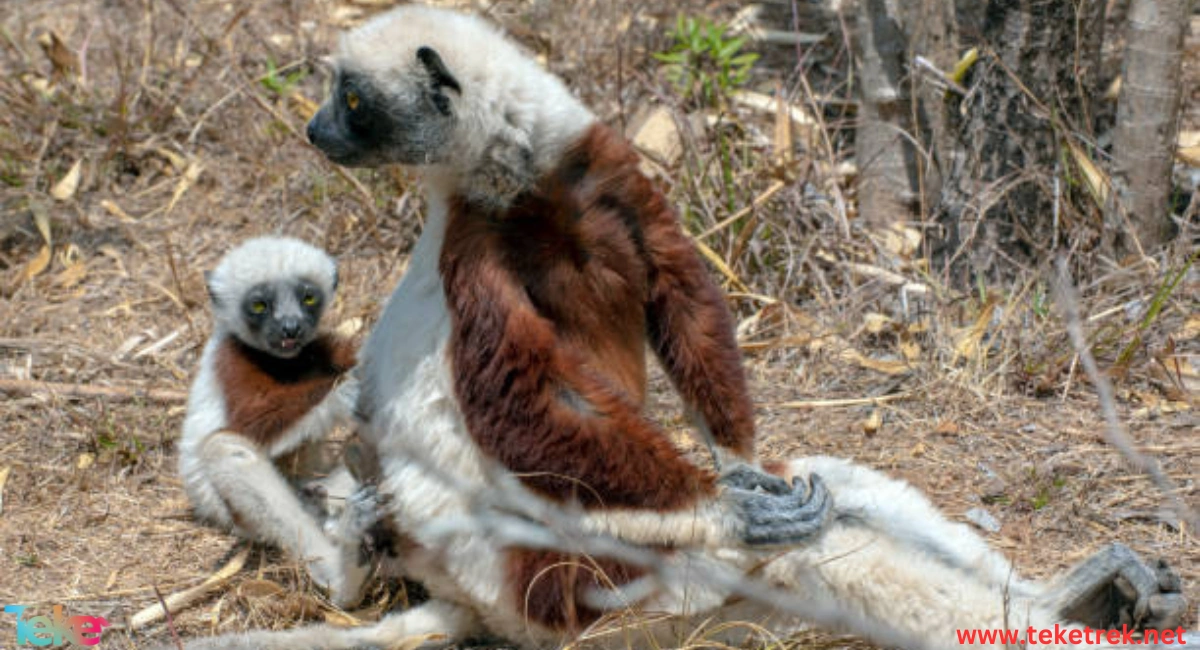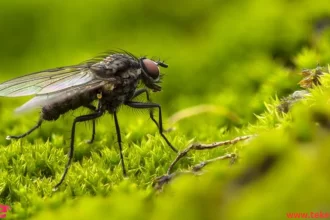The world of wild animals is a world full of surprises and oddities that amaze the human mind. When we take a deeper look at the way animals live in their natural environment, we realize the existence of behaviors that are beyond imagination and demonstrate a unique innate genius, starting from defense methods that ensure their survival to amazing hunting tactics that highlight their instinctive abilities, but the behaviors of wild animals remain a subject of curiosity and admiration. What makes them act this way? And how can we explain these behaviors? Let us explore together in this article from teketrek the strangest behaviors of animals in the wild.
Defense behaviors
In the wild, survival is not easy, as animals face constant threats from predators, which prompts them to adopt amazing defense methods that ensure their survival. These methods vary between camouflage, direct threat, and even deception, as follows:
- Camouflage: Camouflage is one of the most common defense methods among animals, as many creatures master this technique by adapting to the colors of their surroundings. For example, chameleons change their color to blend in with their surroundings, while some butterflies use their wings, which resemble the eyes of large animals, to scare off predators.
- Threat behavior: Some animals rely on threats as a means of repelling enemies. For example, snakes such as cobras inflate their necks to increase their size and intimidate their opponents, while birds such as hummingbirds may rely on making loud noises or aggressive movements to warn off attackers.
- Deception: The opossum uses an interesting strategy where it pretends to be dead when it feels threatened. This trick deceives predators who prefer to eat live prey.
Best Dog Food: Your Guide to Choosing the Perfect Food for Your Dog

Hunting behaviors
Life in the wild requires exceptional skills to survive, especially when searching for food, as predators rely on innovative and effective hunting strategies that adapt to their prey and environmental conditions.
- Group hunting: Lions are a great example of group hunting, where members of the herd cooperate to surround the prey, which increases the chances of success. This strategy reflects the cooperative spirit that predators rely on to achieve their goals.
- Stealth and Surprise: The tiger is considered the master of stealth, as it relies on hiding and patiently observing until the right moment to pounce on its prey, and this strategy is based on strength and high concentration.
- Use of tools: One of the most interesting behaviors is the use of tools by some animals in hunting, for example, crows place nuts in front of passing cars to smash them and then take advantage of the opportunity to eat what is inside them
Best Cat Food: A Comprehensive Guide to Choosing the Right Food for Your Little Friend
Social interaction behaviors
Life in the wild is not always full of conflicts, as there are amazing social behaviors that show cooperation and harmony between animals even under harsh conditions, the most prominent of which are:
- Living in groups: Wolves live in organized groups known as packs, and each individual in the pack has a specific role, which contributes to their success in hunting and protecting each other.
- Cooperation between species: One of the strange behaviors is cooperation between different species, for example, plovers cooperate with crocodiles by cleaning their teeth, as the birds get food while the crocodiles benefit from getting rid of parasites.
- Complex communication: Animals have amazing ways of communicating, with elephants using low-frequency sounds to communicate over long distances, while bees rely on the “waggle dance” to guide their peers to food sites.

Reproductive behaviors
Reproductive behaviors in wild animals are diverse and creative, and each species has developed its own unique method of choosing a mate and caring for its young. The most important of these behaviors are:
- Mate selection: Male peacocks rely on displaying their ornate feathers to attract females, as this display demonstrates their ability to survive and be healthy. While male frogs rely on their voices to attract females and compete to produce the loudest sounds.
- Caring for young: Care methods vary from one species to another, as female emperor penguins protect their eggs between their feet throughout the incubation period in extremely cold temperatures, while female koalas rely on carrying their young in a pouch until they are old enough to explore the environment.
- Migration and reproduction: Some animals migrate long distances to provide an ideal environment for reproduction, for example, sea turtles migrate thousands of kilometers to lay their eggs on the same beaches where they hatched.
Finally, at the end of this article, we see that the world of wild animals is full of lessons and morals that we can learn from their instinctive behaviors, from adapting to harsh conditions to cooperation and communication. Animals highlight basic values such as resilience, teamwork, and dedication to caring for future generations. Therefore, discovering these behaviors is not just entertainment, but a window to a deeper understanding of nature and its laws. So what can we learn from the strangest behaviors of animals in the wild? Perhaps the answer lies in observing this wonderful world with an eye of curiosity and admiration.





